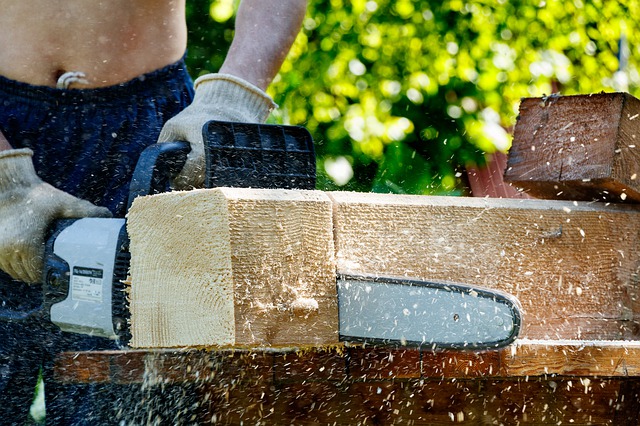
When sawing wood, sawdust is generated.
Sawdust is a term that, according to the dictionary of the Royal Spanish Academy ( RAE ), is used as a synonym for sawdust . The etymological root of these concepts is found in Late Latin serrāgo .
The particles that are produced when wood is sawn or sawn are called sawdust or sawdust : that is, when it is cut using a saw . A saw, meanwhile, is a tool that has a metal blade with teeth .
How sawdust is formed
It can be noted that sawdust is a waste that is generated from sawing wood . It is important not to confuse it with other particles that are also produced in sawmills and carpentry shops .
A chip , for example , is a sheet removed by the action of a brush or other type of implement. Its peculiarity is that it usually comes out coiled in a spiral shape. A splinter , on the other hand, is a long, pointed fragment that breaks off when wood or other hard material breaks. In the case of sawdust, it emanates from the wood while sawing takes place.
Uses of the material
We said above that sawdust is considered waste . However, this material is usually used in different ways, thus giving it economic value.
A frequent use of sawdust is as ground cover in gardening or in different industries. In the first case it is used ornamentally, while in other areas it is spread on a surface to increase adhesion and make cleaning easier (since it absorbs liquids). Sawdust also ends up on the floor of hamsters and other similar pets .

Sawdust is often used as flooring in the cages of different rodents.
Sawdust can also be used to prepare organic fertilizers . That is the case of bokashi , where it is combined with rice husk, manure and other substances.
The pressed sawdust is used to make pellets that function as fuel. Also for the manufacture of briquettes (solid fuel blocks), used in boilers, stoves and other appliances.
Sawdust on boards
Sawdust is often used to make chipboard boards . For its production, sawdust is combined with an adhesive and pressed.
The result is a uniform, consistent and stable material, with smooth surfaces regardless of whether its raw material is sawdust particles. Furniture is usually built with these chipboards , although it is important to keep in mind that humidity damages them.
The so-called medium density fibreboard , often called MDF from its acronym in English ( medium density fibreboard ), can also contain sawdust. Its manufacture requires the use of wax and resin as a binder, while the panels are created by applying heat and pressure .
The concept beyond wood
It should be noted that the notion of sawdust can be used to refer to certain waste that is not wood. In this sense, meat sawdust can be mentioned, made up of the remains left in butcher shops' machines.
Ground bone is even called sawdust. In fact, meat sawdust sometimes contains meat, bone and other components, such as fat, skin, etc.
